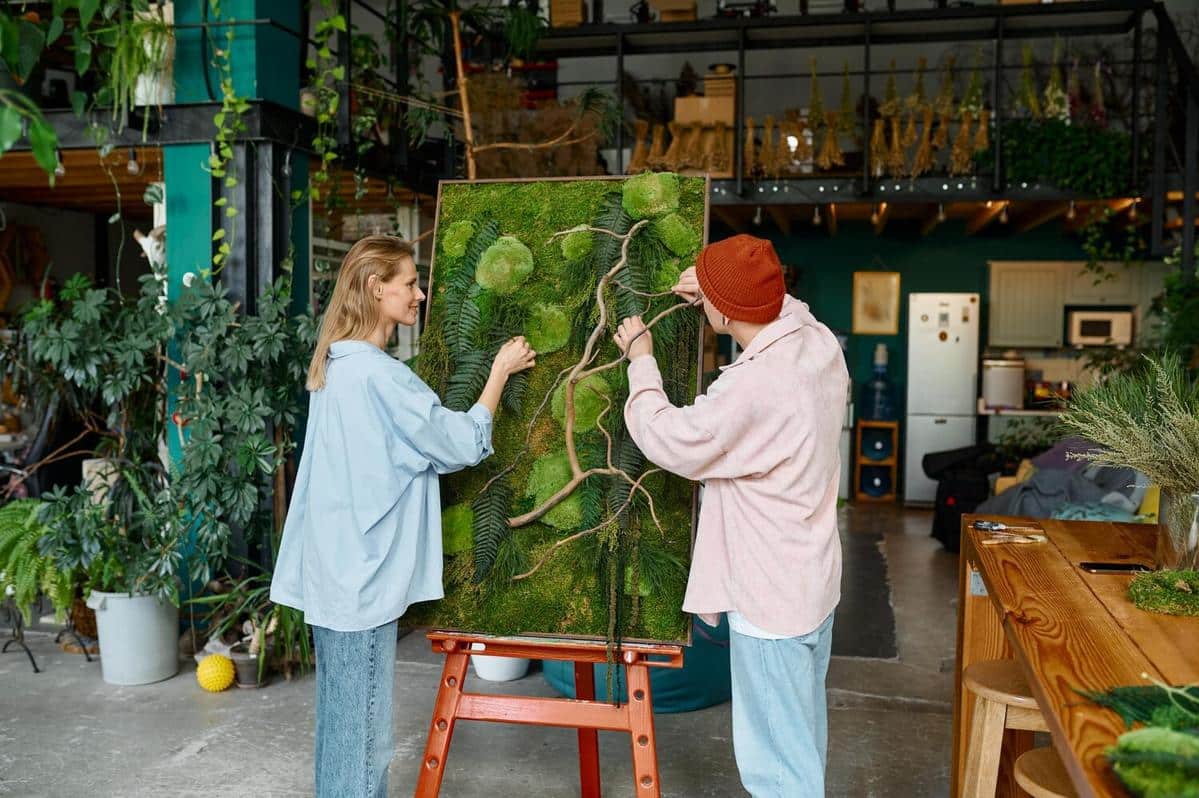
Sustainability Practices in Modern Art
Sustainability has gradually become a cornerstone in various fields, and modern art is no exception. With increasing awareness about environmental issues, artists and institutions are adopting sustainable practices to reduce their carbon footprint and promote a greener future.
The integration of sustainability in modern art is not just a trend but a necessary evolution. Artists are increasingly seeking to create works that not only challenge societal norms but also advocate for environmental consciousness. An expert in this field, Rachel Armstrong, argues that ‘art has the power to influence societal change, and sustainable art practices can lead to more eco-friendly behaviors in society.’ This sentiment is echoed by many in the art community who see the potential for art to contribute to environmental advocacy.
Why Sustainability in Art Matters
One of the significant reasons for the shift toward sustainability in art is the alarming statistics on climate change. According to the Global Footprint Network, humanity’s ecological footprint is more than 70% larger than what the planet can sustainably support. This statistic underscores the urgent need for all sectors, including the art community, to adopt sustainable practices.
Examples of Sustainable Art Practices
- Recycled Materials: Artists are repurposing discarded materials to create compelling artworks, reducing the need for new resources.
- Eco-Friendly Paints: Using non-toxic, biodegradable paints minimizes harmful environmental impacts.
- Digital Art: With the rise of digital art platforms, artists can create and share their work without physical materials, significantly reducing waste.
- Local Sourcing: By sourcing materials locally, artists reduce carbon emissions from transportation.
Case Study: A Sustainable Art Installation
An inspiring example is the installation by artist James Bridle, who used recycled ocean plastics to create a massive public art piece. This installation not only highlighted the issue of marine pollution but also engaged the community in sustainability practices.
How to Support Sustainable Art
Supporting sustainable art practices involves both individual and collective actions. Here are some actionable tips:
- Choose to purchase artwork that is made from sustainable materials.
- Support galleries and exhibitions that prioritize eco-friendly practices.
- Encourage conversations about sustainability with artists and peers.
Comparison Table: Traditional vs. Sustainable Art Practices
| Aspect | Traditional Art | Sustainable Art |
|---|---|---|
| Materials | New, often non-renewable | Recycled, renewable |
| Paints | Chemically laden | Eco-friendly |
| Waste | High | Low |
| Energy Use | High | Optimized |
| Transportation | Global | Local |
| Impact | Resource-heavy | Environmentally conscious |
| Community Engagement | Limited | Inclusive |
| Longevity | Variable | Durable |
Frequently Asked Questions
Why is sustainability important in modern art?
Sustainability is crucial because it helps reduce waste and environmental impact, aligning art practices with global ecological goals.
How can artists incorporate sustainability into their work?
Artists can use recycled materials, eco-friendly paints, and local resources, and prioritize digital art to minimize their carbon footprint.
What are the benefits of sustainable art practices?
Benefits include reduced environmental impact, increased community engagement, and promoting awareness of ecological issues.
Conclusion
Incorporating sustainability into modern art is a powerful way to address environmental challenges while enriching the cultural landscape. By embracing these practices, artists not only contribute to a healthier planet but also inspire others to think critically about their environmental impact. As consumers and enthusiasts, we can support this movement by advocating for and engaging with sustainable art practices.